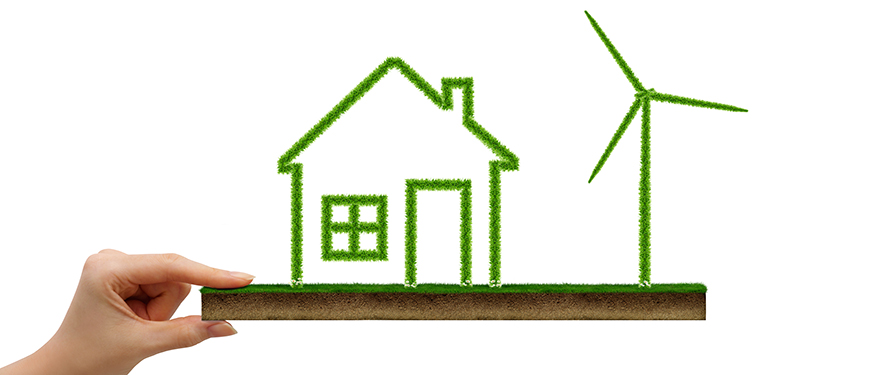Annika Zindel
Master Thesis - Environmental Engineering - 2020
The building sector is a crucial contributor to greenhouse gas emissions and climate change. In 2017, the building sector accounted for 36 % of the global final energy use and for 39 % of energy-related carbon dioxide emissions. Thus, the association Grobund Brenderup is developing a concept for a climate-neutral village in Brenderup, Denmark, consisting of tiny off-grid houses. This study aims to support the association by developing the design and demonstrating the potential of sustainable buildings.
The planned construction of the sustainable village comprehends three types of houses: The Wooden House mainly constructed from timber, the EcoCocon House using straw panels as walls and the Container House reusing old shipping containers as a construction frame. This work presents a comprehensive life cycle assessment (LCA) for these three house types. The focus of this assessment lies on the climate impact. However, to avoid shifting the burden to other sectors, all impact categories get considered. Results on a midpoint, endpoint and single score level are calculated and evaluated. Different scenarios regarding energy supply, electricity consumption, end-of-life treatment and service life are developed and compared.
The carbon footprint was normalized with respect to the living space area and the lifetime of the constructions to kg CO2-eq/m²/yr. The carbon footprint of the Wooden House with 12.3 kg CO2-eq/m²/yr and of the EcoCocon House with 13.3 kg CO2-eq/m²/yr are significantly higher than of the Container House with 5.7 kg CO2-eq/m²/yr.
The assessment of different energy supply scenarios reveals that the off-grid solution with photovoltaic panels, thermoelectric generators, a wind turbine and batteries have the lowest climate impact. However, the ranking is profoundly affected by the energy consumption.
The results from this analysis demonstrate the potential of tiny off-grid houses. This report can be used by Grobund Brenderup to demonstrate the potential to municipalities and other stakeholders. All results must be questioned critically concerning the used model approach, functional unit, data quality and comparability. Life cycle assessments are often hard to compare due to their unequal system boundaries. Nevertheless, based on the results recommendations are given to improve the carbon footprint of the individual tiny houses.
